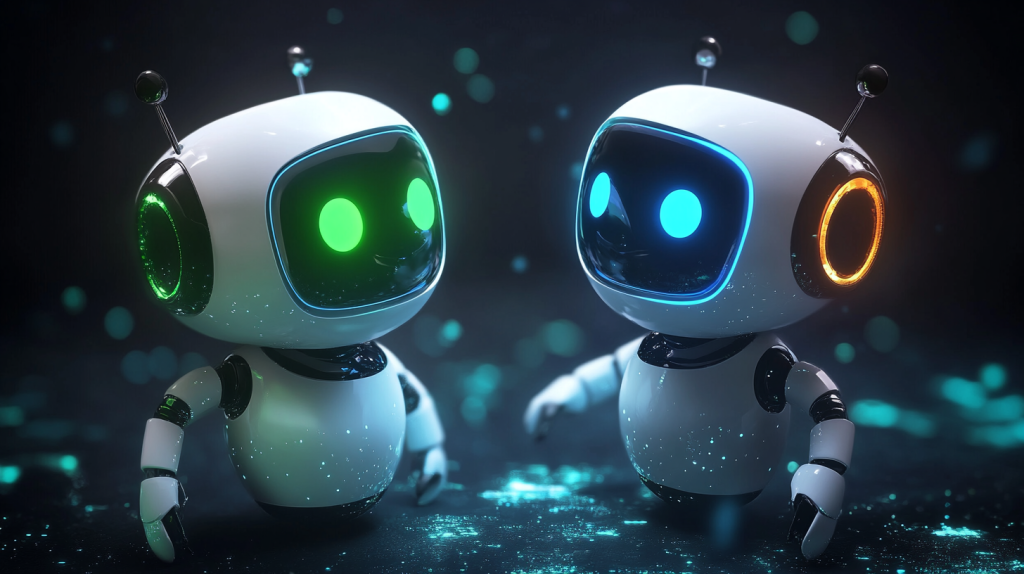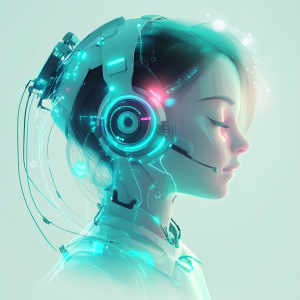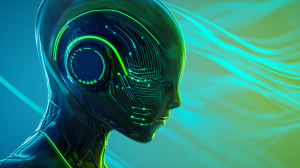You looked at closebot.ai pricing or any other chatbot solution, chose to use it, and it’s already good to go. However, it’s the training process that can be very challenging, and not the selection process. Training a chatbot requires a lot of time, effort, and focus. However, it can deliver great results if you’re doing everything correctly. Here’s what you should consider if you’re training your AI chatbot.
Always make sure that the information is clear and concise
That’s the thing: the chatbot will interact with a human, so you want the information to be very clear. Avoid jargon and verbose content. Instead, train your chatbot to convey information directly. That way, it can boost the customer satisfaction rate while also delivering satisfying results.
Integrate your brand voice
It’s very important to train your chatbot to use the brand’s voice and style. Maintaining the brand personality and showcasing brand mottos or words will lead to a better experience for users. Plus, you can maintain a playful personality or keep it very friendly. It’s up to you; however, integrating the brand voice can be a game-changer and a very helpful thing to do.
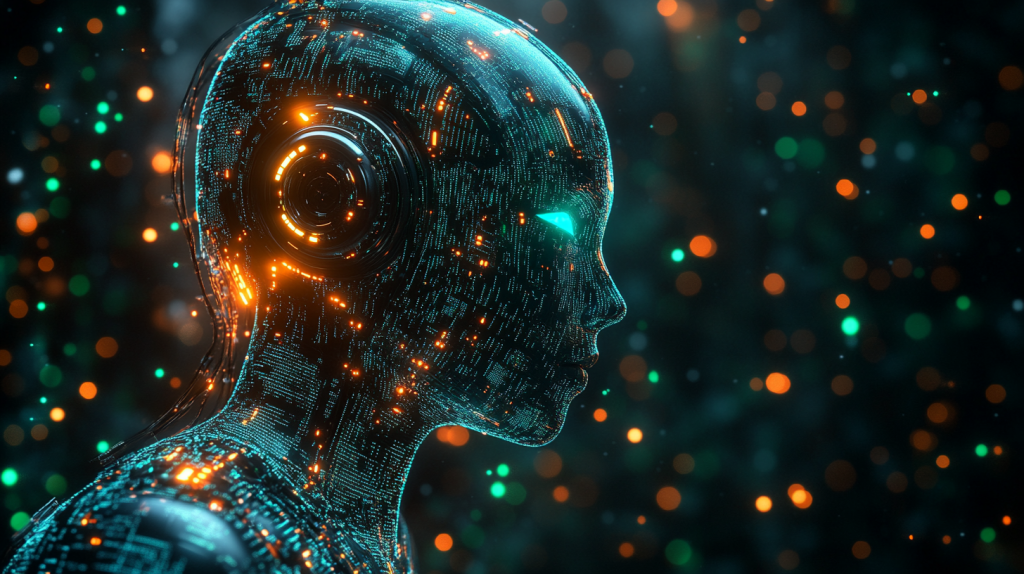
Train the chatbot using diverse data
The reason why you want to do that is because the chatbot will learn more from varied data types. That means you should use customer interactions, along with chat logs, FAQs, or any other information readily available.
Train your team
Encouraging your team to feed data to your chatbot can be very helpful. Train them and ensure they know how to do that. In doing so, it will help save time from their side, while delivering a much better user experience overall.
Design conversations with a natural flow
It’s common to have chatbot conversations that feel unnatural. Avoid that, and instead, try to create conversations with a natural flow. Know the pain points, outline them, and once the customer chooses those, make sure that you assess whatever works for you. Once you do that, create multiple questions that will help optimize that flow effectively.
Update the chatbot with new data all the time
Chatbots rely on the data they have access to, so their performance automatically relates to what data you provide. Adding fresh, new data will always help enhance the chatbot’s performance, and it can lead to better results in the end. You should also analyze feedback, make adjustments, and continue with updates whenever possible.
Involve experts in the chatbot training process
Bringing experts in the subject matter can help make the training process better and more complex. Experts can increase the accuracy of chatbots, and they can also ensure that complex queries are handled accordingly. They can also add information and content that would be difficult to access otherwise.
Train your chatbot with real users
While you can add lots of queries and info, the truth is that real-life users will help the chatbot learn and expand its results. Of course, you want to be transparent with your clients when it comes to the chatbot use and ensure that you manage the user expectations. Outline any limitations so everyone knows what the chatbot can do and what’s not doable.
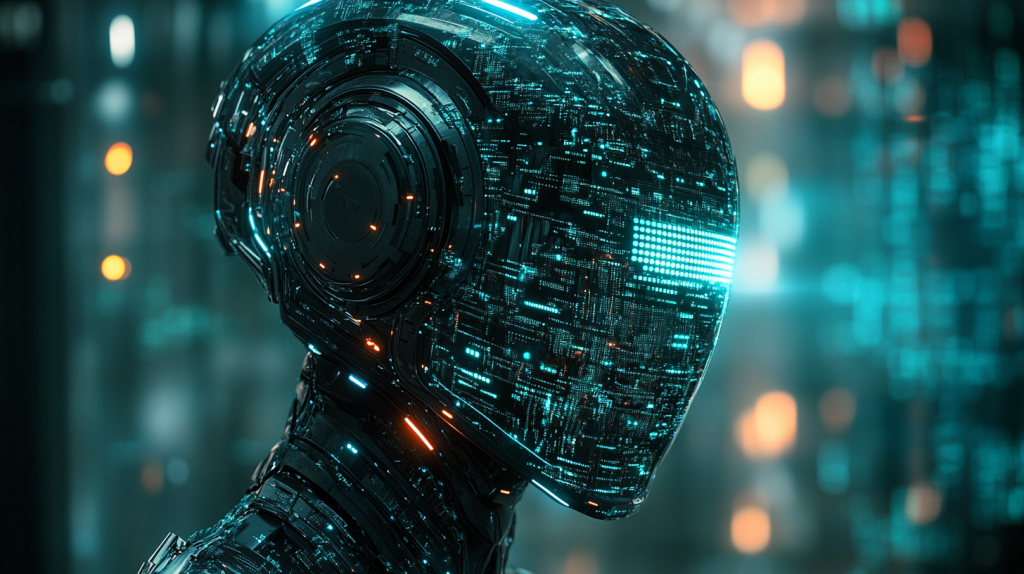
Try to use media and visuals
Training your chatbot using visuals and media can help a lot. Sure, you can feed it data and all kinds of written content. However, visuals and media will expand the premise and usefulness of a chatbot. It’s a great idea to ensure that the chatbot will fit your customer’s expectations and use cases.
Experiment with prompts
One of the best ways to train a chatbot is to experiment with prompts. That’s a great option because an AI chatbot only gets better and can learn more when you’re adding in more content and details. Doing that is a great idea, and it can help save a significant amount of time. Plus, you will have a more complex, useful chatbot, something that every user wants access to.
Test it out as much as possible
Testing is crucial during the training process, mainly because you can identify errors. Maybe some data is incorrect, or your questions are not accurate enough. These can be some of the many issues that arise. It makes sense to constantly test the chatbot and try out new prompts or even older ones to see how the chatbot replies.
Adequate training for your chatbot is ideal because not only does it help you expand its capabilities, but you can also identify any errors as well. Make sure that you know how to train your chatbot and always focus on making the most out of its features. Yes, it can take a little while to access all of its benefits, but if it’s done right, chatbot training can be extremely useful!
